Nature doesn’t always follow the rules. Sometimes, genetic quirks create animals so unique that they leave even seasoned scientists stunned. From mesmerizing colors to unexpected abilities, these mutations push the boundaries of what we think is possible in the natural world. Let’s uncover 12 rare animal mutations that are as fascinating as they are baffling.
1. The Two-Headed Snake That Defies Survival Odds
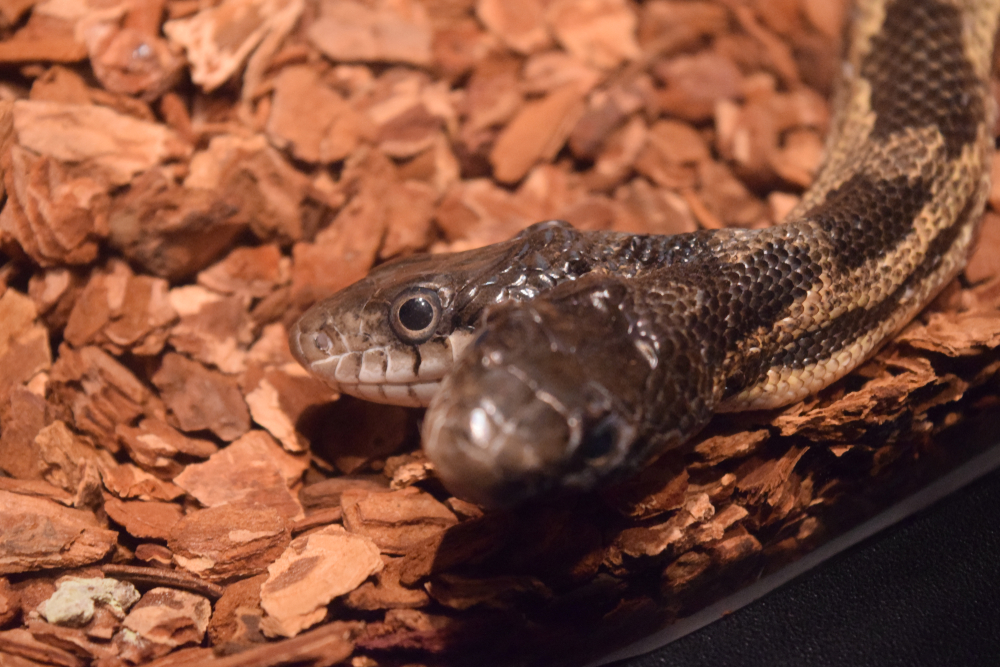
Polycephaly, or having more than one head, is rare but mesmerizing when it occurs. Two-headed snakes, for instance, must coordinate their movements despite having two independent brains. This mutation often results from incomplete embryonic separation, similar to conjoined twins in humans. Although their survival in the wild is challenging, two-headed snakes have captivated scientists and the public alike with their eerie synchronicity and shared control of their body.
2. The Melanistic Panther Cloaked in Midnight
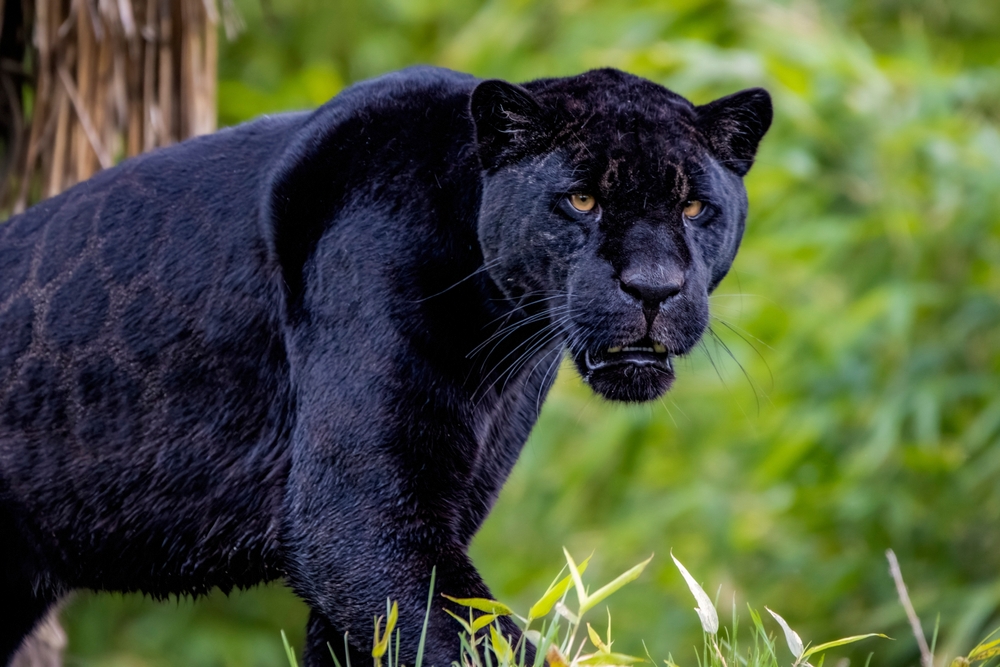
Melanism, an overproduction of dark pigment, transforms big cats like leopards and jaguars into shadowy panthers. While striking, this mutation also offers a survival advantage, allowing these cats to blend seamlessly into their environments during nocturnal hunts. The rare melanistic gene has fascinated researchers, who see it as a glimpse into the delicate balance between beauty and function in evolution.
3. The Albino Alligator That Gleams Like Ivory
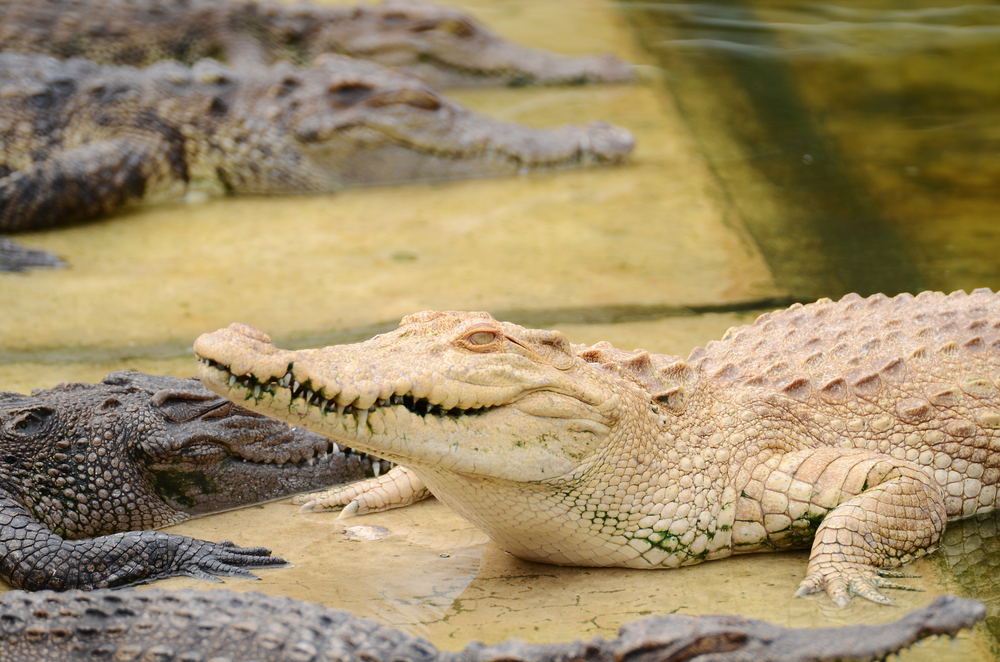
Albino alligators, with their ghostly white skin and pink eyes, are nature’s rarest reptiles. Lacking melanin, they’re highly vulnerable in the wild, often struggling to camouflage or avoid sunburn. Yet their rarity and ethereal appearance make them prized in conservation programs. Scientists marvel at how this mutation occurs so infrequently and often view these creatures as symbols of genetic unpredictability.
4. The Polydactyl Cats With Extra Toes
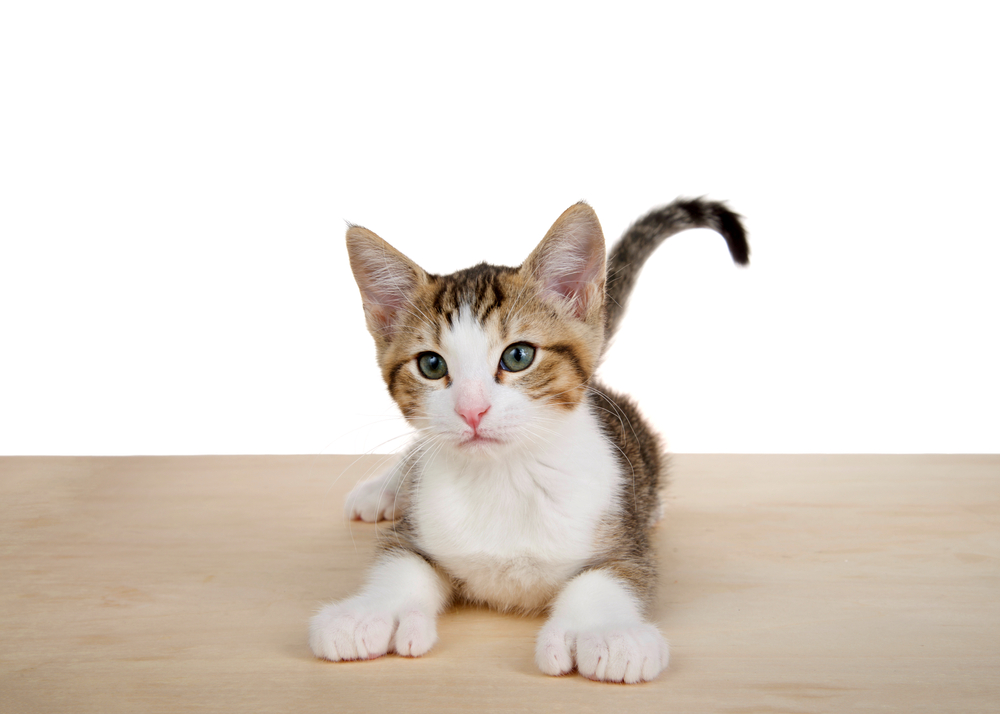
Polydactyl cats, often called “Hemingway cats,” sport more toes than the usual 18. This mutation, caused by a dominant gene, not only gives them a unique look but also enhances their climbing and hunting skills. Found worldwide, their charm and functional adaptation have made them beloved among pet owners. They remind us how minor mutations can turn into evolutionary quirks worth celebrating.
5. The Bioluminescent Turtles That Glow Under UV
Light

In a stunning display of unexpected fluorescence, some sea turtles emit a glowing green or red light under ultraviolet rays. First documented in 2015, this phenomenon isn’t fully understood, leaving scientists intrigued about its purpose. Whether it’s a form of communication or a side effect of their environment, these glowing turtles feel like something out of a sci-fi movie, bringing new questions to light—literally.
6. The Transparent Frog With a See-Through Body
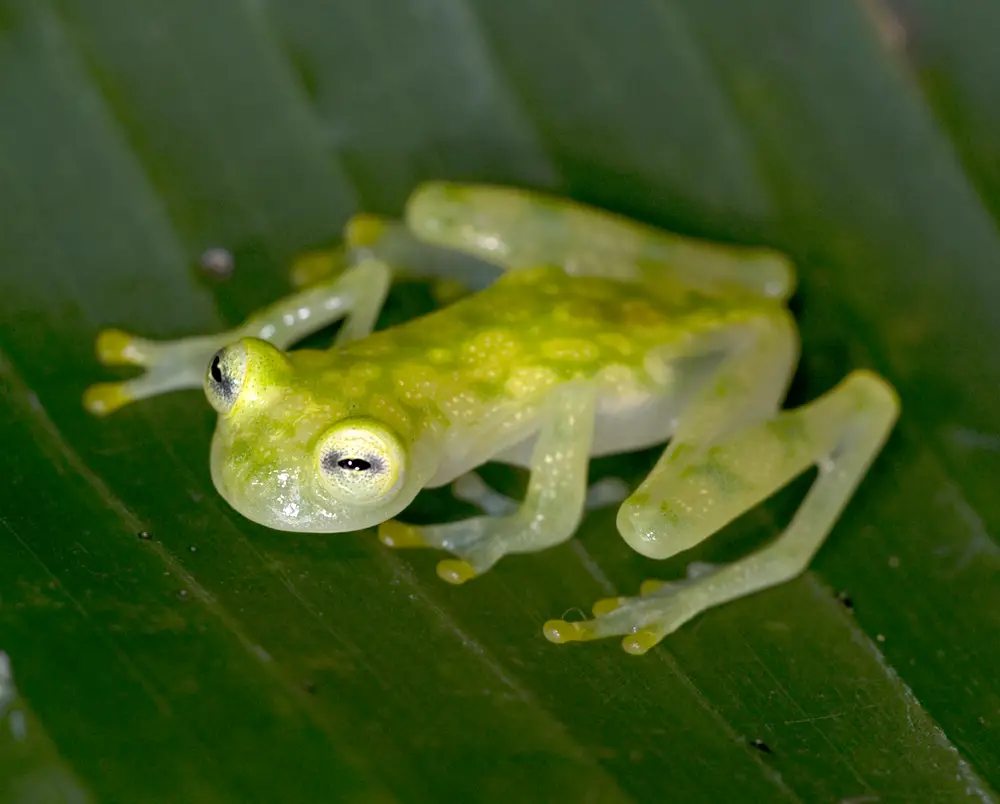
Glass frogs seem to defy logic with their translucent skin that reveals their internal organs. Found in Central and South America, these frogs use their transparency as camouflage, blending into their leafy habitats. This mutation has sparked questions about the limits of evolution and how such an unusual feature came to benefit the species. For researchers, glass frogs are a living window into nature’s strangest adaptations.
7. The Pink Dolphin That Radiates Uniqueness
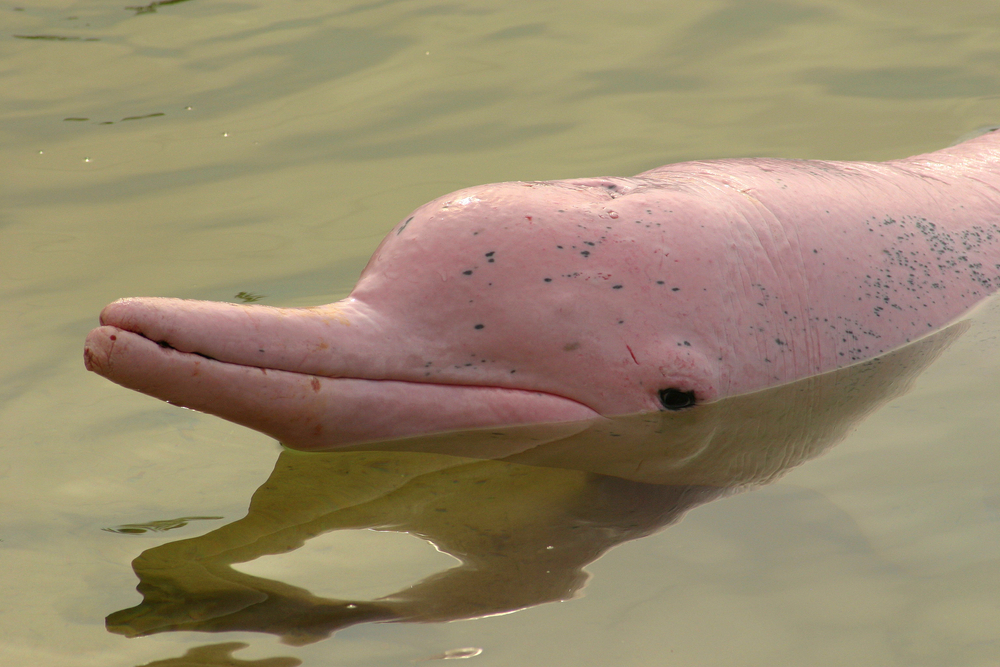
Albino dolphins are already rare, but pink dolphins take the phenomenon to a whole new level. Found mostly in river systems like the Amazon, their pink hue results from blood vessel visibility under pale skin. This mutation often occurs in freshwater dolphins and sparks endless curiosity about how and why this particular trait evolved. Their striking appearance feels almost mythical, capturing the imagination of scientists and onlookers alike.
8.The Golden Zebra That Looks Painted by Hand
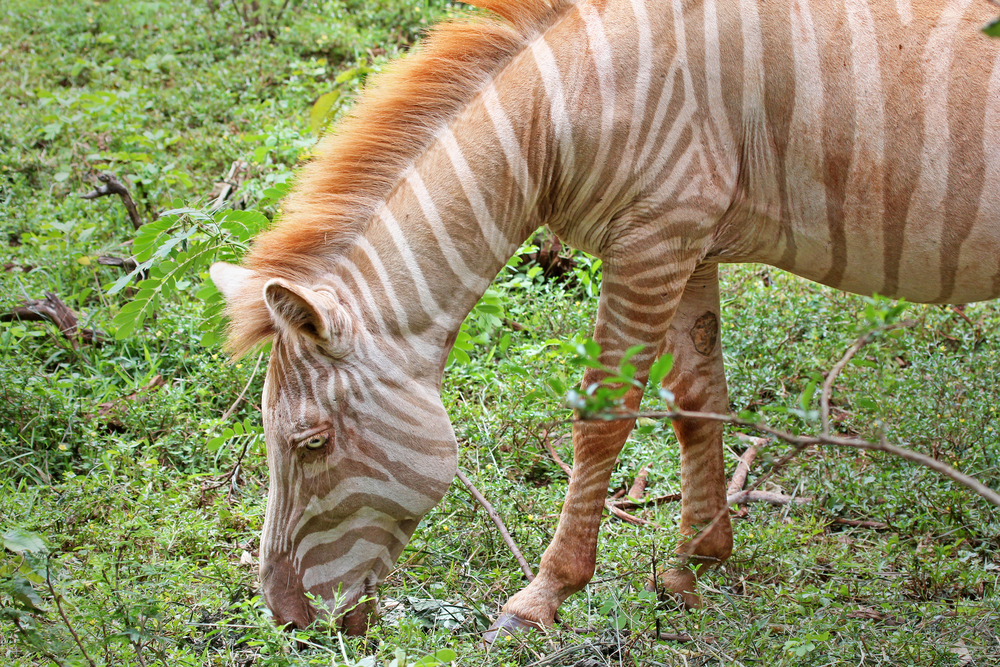
Golden zebras, with their dazzling cream-colored coats and faint golden stripes, owe their appearance to a condition called amelanism, which reduces pigment production. Unlike albinism, amelanistic zebras retain some color, resulting in this mesmerizing pattern. These rare individuals are often spotted in the wild, where they face challenges blending into their surroundings. For researchers, golden zebras are a testament to nature’s occasional artistic flair.
9. The Wingless Fruit Fly That Defies Gravity
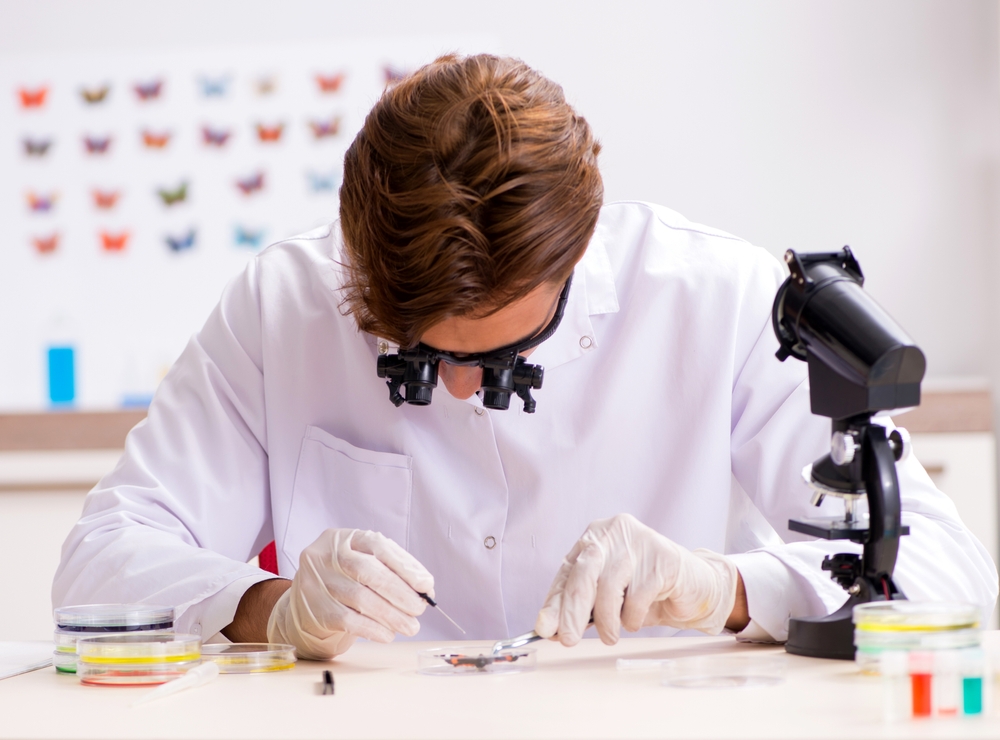
Scientists in laboratories have occasionally bred wingless fruit flies, a genetic mutation that eliminates their signature flight capability. While this trait wouldn’t survive in the wild, these wingless flies have been crucial for research, helping scientists understand genetics, mutation, and evolution. This controlled anomaly reminds us how much we can learn from nature’s deviations, even in the tiniest creatures.
10. The Blue Lobster That Glows Like Sapphire

The odds of finding a blue lobster are about 1 in 2 million, making them one of the ocean’s rarest sights. Their sapphire hue results from an overproduction of a certain protein, creating this breathtaking anomaly. Blue lobsters have fascinated marine biologists, not only for their rarity but also for what they reveal about crustacean genetics. These vivid creatures are a shimmering reminder of nature’s unpredictable artistry.
11. The Hairless Bear That Looks Alien

Occasionally, bears with a rare genetic mutation are born without fur, creating a startling, almost alien-like appearance. These bears are vulnerable to extreme temperatures and often require human intervention for survival. While unsettling to see, their condition offers insights into genetic disorders and how mammals rely on fur for more than just warmth. Hairless bears are nature’s stark reminder of the importance of protective adaptations.
12. The Peacock With White Feathers That Shimmers in Silence
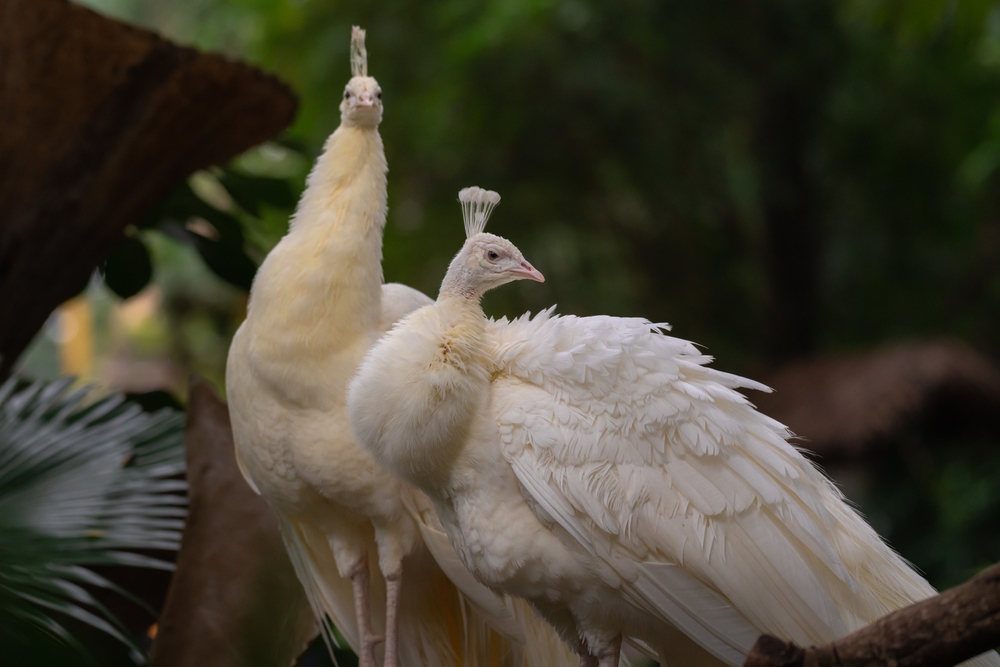
White peacocks are a vision of grace, their lack of pigmentation creating a stunning all-white display. Unlike albino animals, these peacocks have dark eyes, which distinguishes them as leucistic. Their shimmering white plumage captivates audiences and challenges perceptions of beauty in the animal kingdom. For scientists, they’re a fascinating example of how pigmentation can vary without compromising the structural integrity of feathers.
